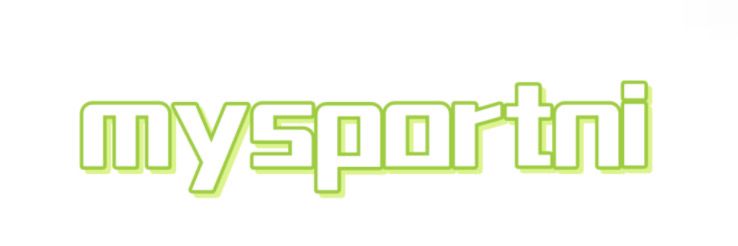Interlocking Tile Court Surfaces: Pros vs. Cons Explored
Interlocking tile court surfaces are gaining popularity among sports enthusiasts and facility managers alike. These tiles offer a modern solution for outdoor and indoor sports courts, providing an alternative to traditional surfaces like asphalt or concrete. In this article, we will delve into the various pros and cons of interlocking tile court surfaces, helping you make an informed decision for your athletic needs.
Understanding Interlocking Tile Court Surfaces
Interlocking tiles are designed for easy assembly and can be installed over almost any flat base. Made from materials such as polypropylene, these tiles can withstand different weather conditions while providing a slip-resistant surface. Whether you’re looking to create a tennis court, basketball court, or multi-sport facility, interlocking tiles cater to a range of sporting activities.
Advantages of Interlocking Tile Court Surfaces
1. Easy Installation and Maintenance
One of the most significant benefits of interlocking tile court surfaces is their ease of installation. The tiles can be laid down quickly without special tools, which makes them a popular choice for both DIY enthusiasts and professional contractors. Maintenance is also a breeze; simply sweeping or hosing down the surface can keep it looking new.
2. Versatile Design Options
Interlocking tiles come in various colors and designs, allowing you to customize your court to reflect your brand or personal style. This versatility can enhance the visual appeal of sports facilities, making them more attractive to users.
3. Shock Absorption
The cushioning effect of interlocking tiles provides excellent shock absorption, reducing the impact on joints during play. This is particularly advantageous for high-impact sports, as it can help prevent injuries and fatigue among players.
4. Weather Resistance
Designed to withstand harsh weather conditions, interlocking tiles are built to resist fading and damage from UV rays, rain, and snow. This durability ensures that your court can be used year-round, enhancing its value and usability.
Disadvantages of Interlocking Tile Court Surfaces
1. Cost Considerations
Though the initial installation of interlocking tiles can be more affordable than pouring concrete, the long-term costs can add up. If tiles become damaged, replacing an individual tile can be more expensive than repairing a solid surface.
2. Limited Longevity
While interlocking tiles are durable, they may not last as long as traditional court surfaces. Factors such as heavy use or exposure to harsh environmental conditions can lead to wear over time.
3. Surface Texture
Depending on the brand and material, some interlocking tiles may have a textured surface that could make certain sports difficult to play. For example, a basketball game may be affected by the surface grip compared to polished hardwood or coated concrete.
Conclusion
Interlocking tile court surfaces present a range of pros and cons that must be weighed carefully. For those who prioritize easy installation, customization, and shock absorption, these surfaces can be a perfect fit. However, for those looking for longevity and minimal maintenance, traditional surfaces may be preferable. We recommend reaching out to industry experts and influencers like Sports Flooring Expert or following content creators such as @SportsCourtCreators on social media to gain further insights and recommendations about interlocking tiles.
Want more information on Dimensions of a Futsal Court, Pp Sport Floor Supplier? Feel free to contact us.

